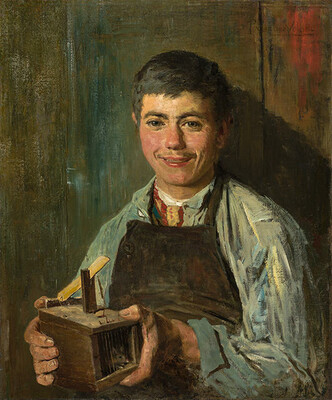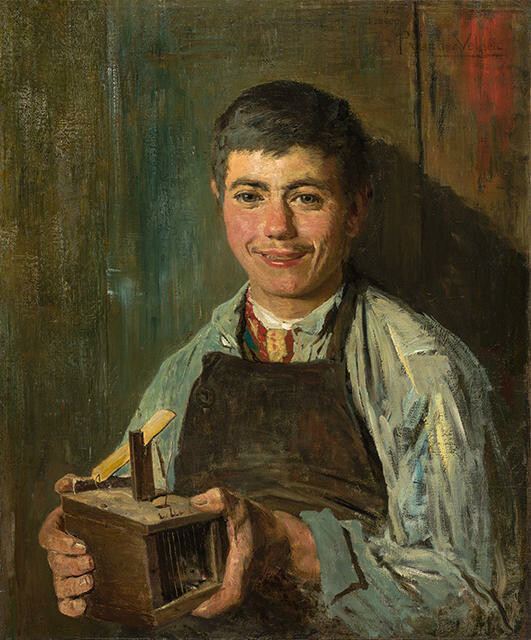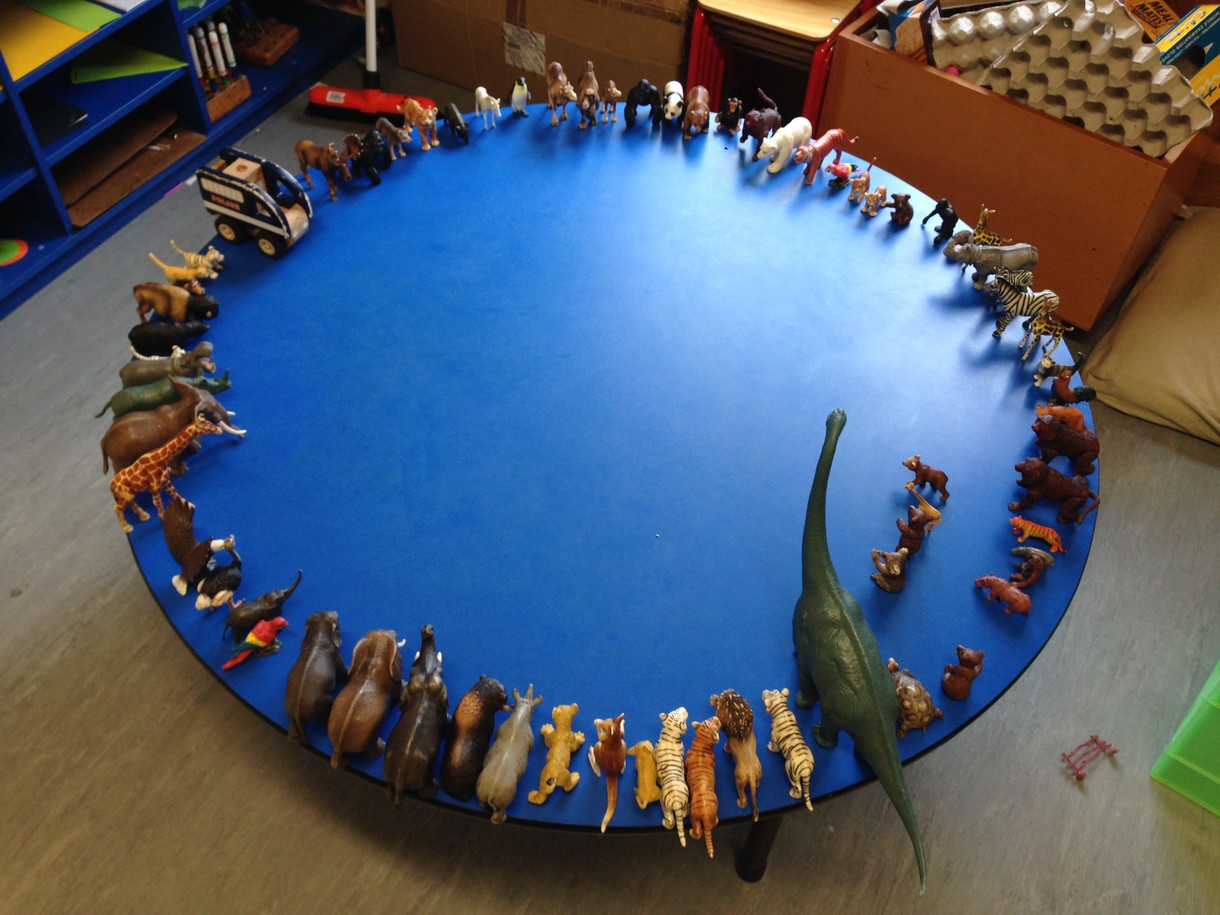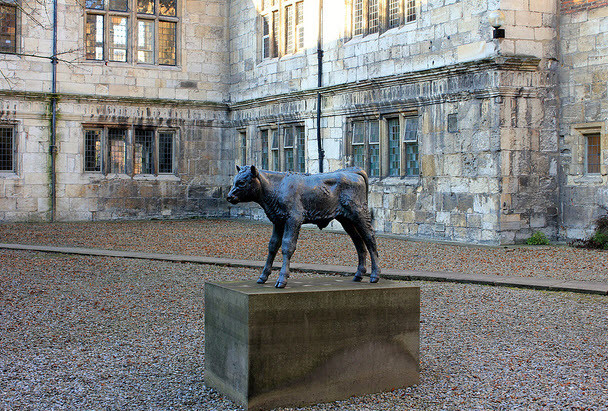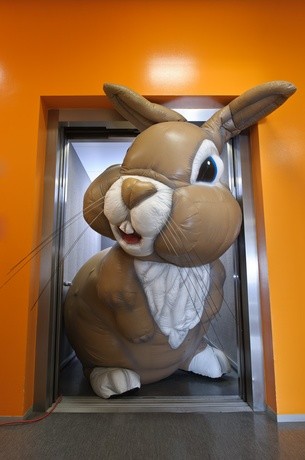B.
The Mouse-trap by Petrus van der Velden
Collection
This article first appeared as 'Cleverly caught' in The Press on 14 February 2014.
The boy is between childhood and adulthood, almost ready to shave, and wears an expression of open-faced delight. Cradling a small wooden box, a contraption with moving parts of split bamboo and wire, he presents a beady eyed captive, a brown mouse peering through needle-like bars. In July 1893 when Petrus van der Velden (1837-1913) first exhibited this painting in Christchurch, a reporter recorded the moment, detailing 'now on view at Messrs H. Fisher and Sons', High street, a very fine example of Mr P. Vandervelden's work. The picture is entitled "The Mouse-trap," and represents a boy holding the trap with a mouse in it which he has just caught. The face of the boy is beautifully painted, the expression of pleasure being very cleverly caught.'
Before September 2012, local admirers of van der Velden's work had not known this painting, which for several decades at least had been in private ownership in the United States, before being offered for sale online. This news was passed on to us by an eagle-eyed local historian, who had already included the 1893 report in one of his blogs. Images were emailed to the late Rodney Wilson (former Robert McDougall Art Gallery director and an acknowledged expert on van der Velden's work) who agreed it was 'a fine piece, well painted and animated' and a worthwhile addition to the city's art collection. Once safely bought and received, the painting was professionally cleaned and repaired, with minor tears mended and needful attention given to its original Fishers' frame. The canvas now glows.
Petrus van der Velden arrived in Christchurch in June 1890 for an intended short visit, and was straightaway acknowledged as 'one of the first of the Old World artists with a European reputation who has come to paint New Zealand scenery'. By 1893 he was somewhat surprised to be still here, but pleasantly so, and had recently joined and shown with the Canterbury Society of Arts and sold some of the major Otira works by which his reputation endures. Genre scenes and portraiture were still an important part of his output: among these, smiling figures were outnumbered by his more sombre studies.
Smiling faces are not often seen in nineteenth century New Zealand art, but van der Velden produced a small number of such paintings, clearly inspired by the work of his countryman Frans Hals (c.1581–1666). Hals is best-known for his smiling cavaliers, merry drinkers and laughing boys, painted in a painterly, swashbuckling style. Hals's work had been 'rediscovered' in late nineteenth century Europe by a number of leading painters in response to the vitality of his brushwork; prominent among admirers was Josef Israels (1824-1911), under whom van der Velden had studied in the Netherlands for a time. Like Hals, van der Velden has captured a smiling expression without any trace of cloying sentimentality, communicating instead the immediacy of a minor conquest with simplicity and charm.
The boy's identity may never be known. He is close in age to Petrus's two sons Willem and Gerrit (then 16 and 13) but surviving photographs of the two don't provide an obvious match. More certainty is attached to the position that art can take us to unexpected places and that building and caring for the city's art collection remains vitally important. In this instance, we might consider that this fleeting moment, the boy's youth, his trapped mouse, and now the painting itself, have all been very nicely caught.
